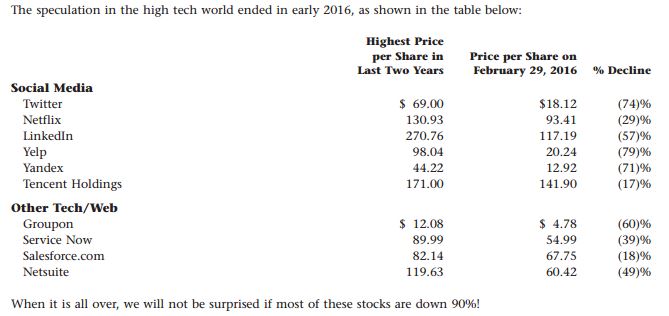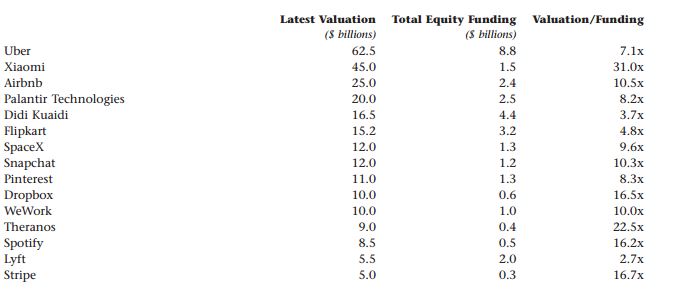If you ever borrowed money, you are most likely familiar with the concept of positive interest rates. That’s the world where you pay interest on the money you borrowed. Lately, you probably been hearing more and more about negative interest rates, where depositors are actually charged to keep their money in an account and borrowers are paid interest on their debt. I admit that the concept of negative interest rates can take a while to sink in. Imagine a bank that pays negative interest. The common reaction is “Wait, what! Instead of paying interests on my mortgage I’m receiving interests? Why would a bank do that? I don’t follow you…” or the other popular reaction is “If the bank charge me interest on my deposits I’m taking my money out”. Well it hasn’t gone that far, yet.
Negative interest rates are a last ditch effort by a central bank to stimulate the economy by effectively imposing a tax on the excess reserves that banks hold at the central bank. Banks earn interest on the money, called reserves, they park at the central banks, just like savers park money in a bank. In countries where there’s negative interest rate, the banks have so far mostly taken on the cost on holding excess reserves at the central bank. At the moment, they haven’t pass the cost on to the consumer, out of fear that doing so might spark a bank run. In some cases, in the Denmark, where some homeowners are getting paid interest on their mortgage. In Switzerland, there’s a bank that’s charging clients to hold their deposits. There’s definitely side effects, both positives and negatives.
Why is this happening? The economy is weak and needs a boost. Banks are a pillar of the economy and are not lending as much as they should. Maybe the standards to borrow are too high following the financial crisis. Maybe there is not enough demand. Whatever the case is, banks are keeping excess reserves at the central bank and are receiving interest on them. Theoretically, low interest rate is suppose to stimulate demand for loans and as a result grow the economy. Central banks provide an ample supply of cheap money to banks in order to encourage lending to various individuals and businesses. But that’s not happening. The banks are “hoarding” the money. You are not growing the economy if you have money parked doing nothing. So to stimulate lending and to get these excess reserve out in the real economy, central banks are charging banks for their holdings.
Denmark set negative interest rates as early as 2012, followed by the European Central Bank in 2014. Since then, they’ve been joined by Switzerland, Sweden, Japan, and Hungary. For some, it’s a bid to reinvigorate an economy with other options exhausted. Others want to push foreigners to move their money somewhere else so they can keep their currency down in an attempt to make their exporters competitive. With the European Central Bank trying to “tank” their currency, Sweden and Switzerland responded. Policy makers are also trying to prevent a slide into deflation, or a spiral of falling prices that could derail the recovery. By weakening their currency, they hope to import inflation by making goods coming into the country more expensive, raising domestic prices.
There are other consequences as well. Retirees are feeling the pain as they need income to live on. The days where you could get a guaranteed 5% on your money have been behind for a few years now, but this is something else. Pension plans, insurance companies, retirees, are being driven in riskier asset classes to make up for the loss income. This works in the short-run as long asset prices are increasing, but is not necessary a sound investment policy. In the long-run, who knows what the consequences are? It’s uncharted waters. There are other side effects, Sweden is dealing is a potential housing bubble and people are on a borrowing frenzy. It might ended up badly once rate rises. The best analogy I heard about the dilemma is the joyful feeling of eating McDonald’s right now. It’s delicious in the moment but the perverse effect of eating it will show up later.
Both Canada and the U.S. have their current interest rate at 0.50%. After decreasing them last year Canada just announced they were maintaining their rate. The U.S. are slowly starting to increase them after almost ten years of no increase. There is debate on whether they should go negative. Rates are just above zero, so nobody knows if going negative will actually make a difference. So far the North American central banks are looking at the experience in other countries and will judge the results.
Negative interest rates are a sign of desperation, a signal that traditional policy options have proved ineffective and new limits need to be explored. They punish banks that hoard cash instead of extending loans to businesses or to weaker lenders. It’s a bid to boost the economy. Is it working? So far the experiment doesn’t prove to be fruitful. Instead of boosting lending like the theory states, banks are taking on the cost which hurt their income, and as a result tighten credit. If banks are not profitable, they don’t lend. Another perverse effect, banks have been unwilling to pass on negative rates to individual depositors, and have tried to compensate for profits by jacking up mortgage rates, even as headline interest rates fall. These are not the results they were hoping for. Taking such action is suppose to help the economy, not hurt it.
This is where a herd of academics, bankers, analysts and economists are getting in a never ending debate, and the person with the argument that nobody understands usually wins. You get the feeling that nobody knows what they are doing. Falling prices, banks paying you money, it’s a confusing world. I hope this clarifies the insane world of negative interest rate.





